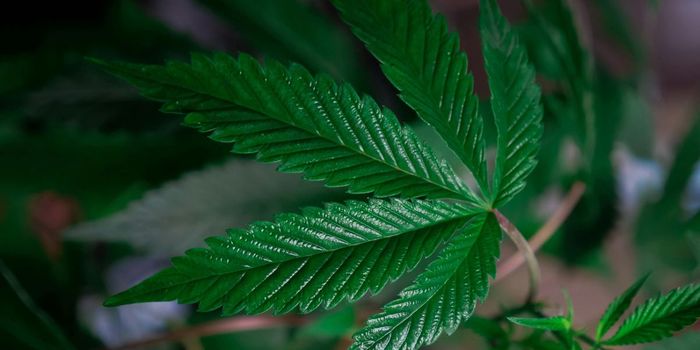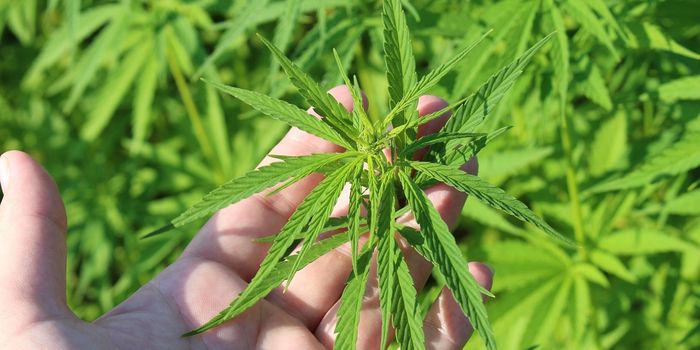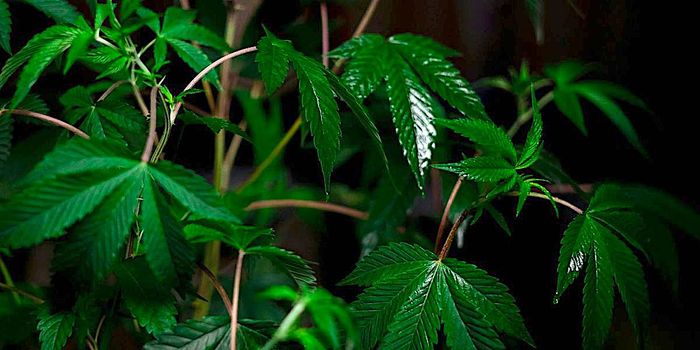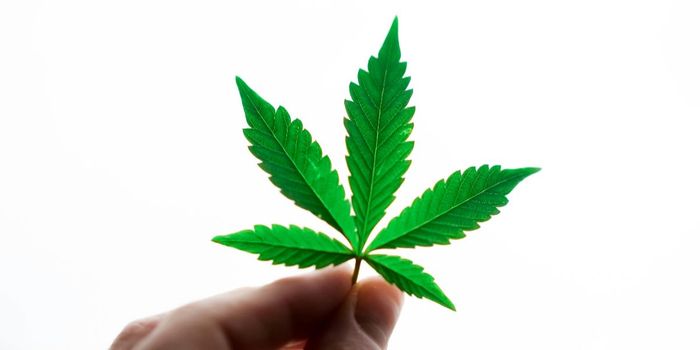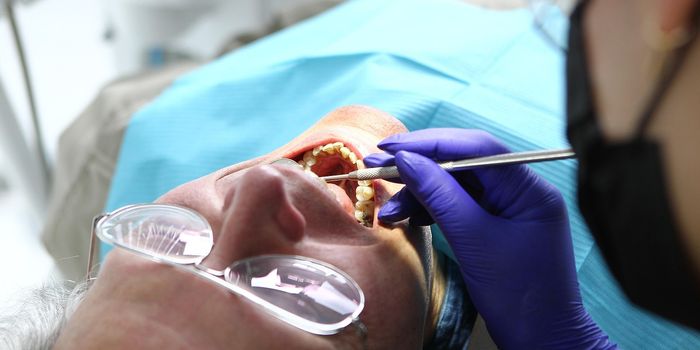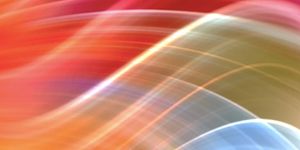Cannabinol Improves Sleep in Preclinical Study
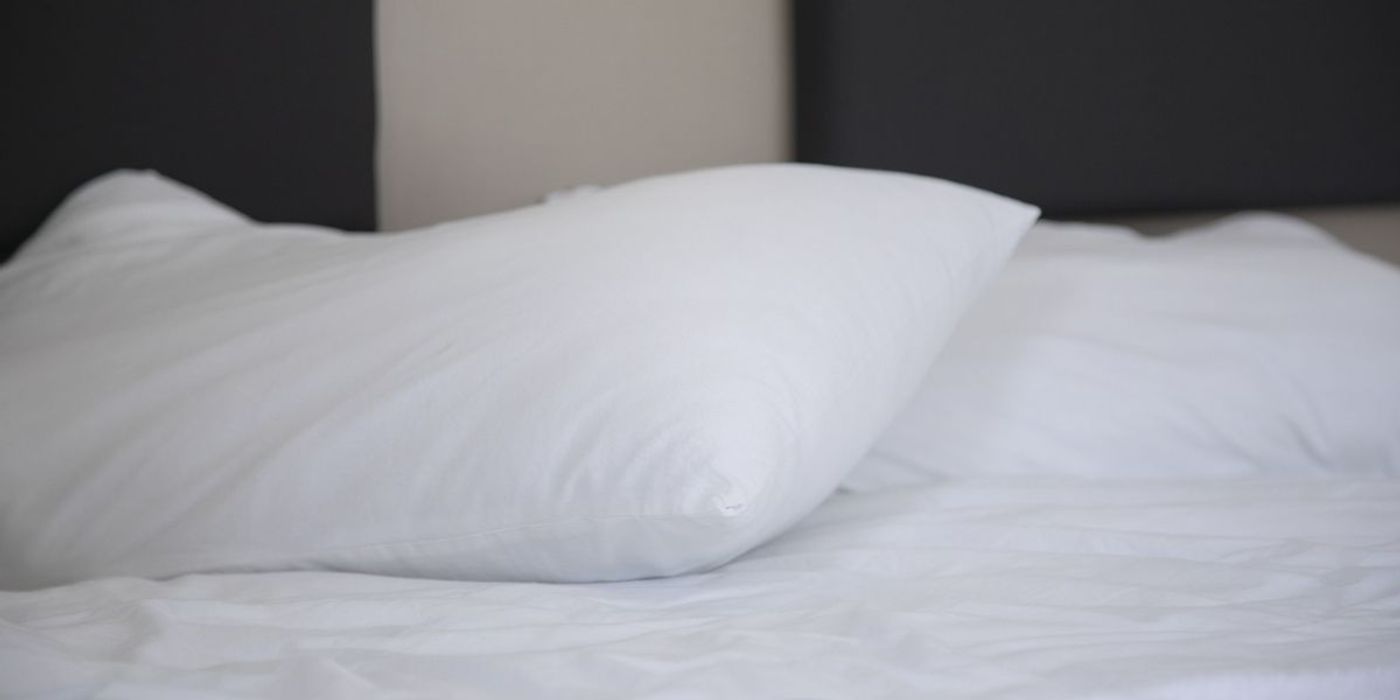
CBN is considered an end-product of tetrahydrocannabinol (THC), the main intoxicating component of cannabis. Over time, THC is slowly converted to CBN, meaning that older cannabis contains higher levels of the compound. For decades, ‘cannabis folklore’ has held that aged cannabis induces sleep owing to higher levels of CBN; however, until now, no research has examined whether the substance really affects sleep architecture using objective sleep measures.
In the current study, researchers assessed the effects of purified CBD on sleep in rats via polysomnography, an approach used to diagnose sleep disorders that records brain waves, blood oxygen levels, heart and breathing rate, as well as eye and leg movements during sleep. They compared the effects of CBN to those from short-term insomnia treatment, zolpidem.
Ultimately, the researchers found that CBN increased both non-rapid eye movement (NREM) and rapid eye movement (REM) sleep, increasing total sleep time. The effects were comparable to those from sleep aid zolpidem; however, unlike CBN, zolpidem did not affect REM sleep. The researchers additionally noted that, unlike THC, CBN did not appear to intoxicate the rats.
“This provides the first evidence that CBN indeed increases sleep using objective sleep measures. It was a surprise that CBN metabolism in the body can yield a much greater effect on cannabinoid CB1 receptors than the parent molecule CBN, which has much more limited activity,” said lead author of the study Professor Jonathon Arnold, Director of Preclinical Research, at the Lambert Initiative for Cannabinoid Therapeutics and the University of Sydney, Australia, in a press release.
“At this stage our results are confined to testing in rats. Further research is needed to see if this translates to humans,” he added.
Sources: EurekAlert, Neuropsychopharmacology

